How to Make DIY Moroccan Inspired Decor
Are you ready to transform your living space into a vibrant oasis filled with the enchanting allure of Moroccan decor? This article will guide you through creative ideas and step-by-step instructions for crafting stunning Moroccan-inspired decor that adds warmth and vibrancy to your home. Imagine stepping into a room adorned with rich colors, intricate patterns, and unique textures that create an atmosphere of exotic charm. Whether you’re a seasoned DIY enthusiast or just starting out, these projects will not only enhance your home but also allow you to express your personal style.
The beauty of Moroccan decor lies in its ability to blend tradition with individual creativity. By incorporating elements like bold colors, geometric patterns, and handcrafted details, you can create a space that feels both inviting and exotic. But where do you begin? Don't worry! We’ll break down everything you need to know, from understanding the key characteristics of Moroccan design to gathering the essential materials for your projects. So, grab your tools, unleash your creativity, and let’s dive into the world of DIY Moroccan decor!
As we explore the various aspects of Moroccan-inspired decor, you’ll discover how to create your own textiles, make beautiful lanterns, and effectively use color to set the mood in your home. Each section will provide you with practical tips and techniques that you can easily implement, making it an enjoyable experience. Plus, you’ll learn how to infuse your own personality into each piece, ensuring that your decor is not just beautiful but also uniquely yours.
So, why not take this opportunity to bring a touch of Morocco into your life? Let’s embark on this creative journey together, and soon enough, you’ll be basking in the warm glow of your very own Moroccan-inspired sanctuary!
Moroccan decor is a feast for the senses, characterized by its vibrant colors, intricate patterns, and unique textures. The essence of Moroccan design lies in its ability to create a warm and inviting atmosphere, often reminiscent of the bustling markets and serene landscapes of Morocco itself. Key elements include:
- Vibrant Colors: Rich hues such as deep reds, vibrant oranges, and bold blues dominate Moroccan decor, creating a lively ambiance.
- Intricate Patterns: Geometric shapes and elaborate motifs are commonly seen in textiles, tiles, and furniture.
- Unique Textures: The use of materials like wood, metal, and ceramics adds depth and interest to the decor.
These elements work together to create a cohesive look that is both exotic and inviting. By understanding these characteristics, you can begin to incorporate them into your DIY projects, ensuring that your decor remains true to its Moroccan roots.
Before diving into your DIY Moroccan decor projects, it’s crucial to gather the right materials. Here’s a list of essential items you’ll need:
- Textiles: Fabrics in bright colors and patterns for cushions, curtains, and table runners.
- Ceramics: Hand-painted tiles or pottery to add authentic Moroccan flair.
- Wood: For creating furniture or decorative elements.
- Metal: Lanterns or decorative accents that reflect light beautifully.
By using these materials, you can ensure that your projects are both authentic and beautiful, embodying the spirit of Moroccan design.
1. What are the best colors to use for Moroccan decor?
Moroccan decor typically features rich, bold colors such as deep reds, oranges, blues, and golds. These colors can be balanced with neutral tones to create a harmonious look.
2. Can I mix different patterns in Moroccan decor?
Absolutely! Mixing patterns is a hallmark of Moroccan design. Just ensure that the colors complement each other to maintain a cohesive look.
3. Where can I find authentic Moroccan materials?
You can find authentic Moroccan materials at specialty shops, online marketplaces, or even local artisan markets. Look for handmade items to add a unique touch.
4. How can I incorporate Moroccan decor in a small space?
In small spaces, focus on statement pieces like a beautifully patterned rug or a colorful lantern. You can also use mirrors to create the illusion of more space.
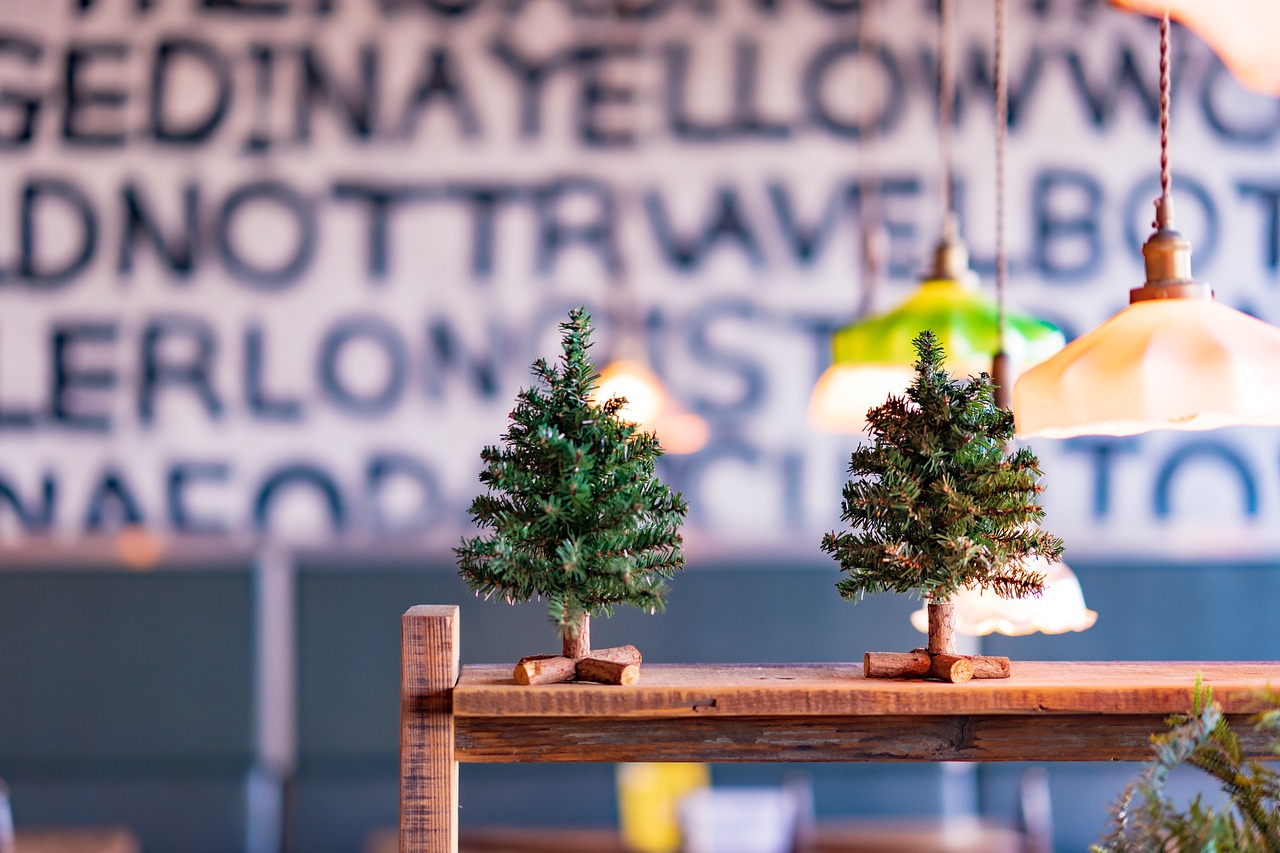
Understanding Moroccan Design Elements
When you step into a space adorned with Moroccan design elements, it's like being transported to a vibrant bazaar filled with exotic colors and intricate details. This captivating style is not just about aesthetics; it's a celebration of culture, history, and artistry. At the heart of Moroccan decor lies a blend of vibrant colors, intricate patterns, and unique textures that work together to create a warm and inviting atmosphere. So, what exactly are these elements that make Moroccan decor so enchanting?
First off, let’s talk about colors. Moroccan design is famous for its bold and rich color palette. Think deep reds, bright yellows, lush greens, and striking blues. These hues are often inspired by the natural landscapes of Morocco, from the vibrant desert sunsets to the lush greenery of the Atlas Mountains. It's essential to mix and match these colors to create a dynamic environment. Imagine a room where the warm tones of terracotta are complemented by the cool blues of a Moroccan rug—stunning, right?
Next, we can't ignore the patterns. Moroccan patterns are a feast for the eyes, characterized by their geometric shapes and intricate designs. These patterns are often seen in tiles, textiles, and even wall art. They tell a story of the rich history and craftsmanship of Moroccan artisans. From the classic zellige tiles with their colorful mosaic designs to the elegant arabesque motifs that flow seamlessly, these elements add depth and interest to any decor. When incorporating patterns, consider layering them; for instance, a patterned rug can beautifully contrast with solid-colored cushions, creating a harmonious yet exciting visual experience.
Texture is another critical component of Moroccan decor. The use of various materials such as wood, metal, and textiles adds a tactile dimension to the space. Think of intricately carved wooden furniture, shiny brass lanterns, and plush textiles that invite you to touch and feel. This interplay of textures not only enhances the visual appeal but also creates a cozy and inviting atmosphere. You might find a soft, woven rug underfoot paired with a sleek, metallic coffee table—this contrast is what makes Moroccan design so unique and engaging.
In summary, understanding Moroccan design elements involves appreciating the interplay of color, pattern, and texture. When you embrace these elements, you’re not just decorating a space; you're crafting an experience that resonates with warmth and vibrancy. So, whether you're painting a wall in a rich hue or selecting a patterned throw, remember that each choice contributes to the overall narrative of your home.
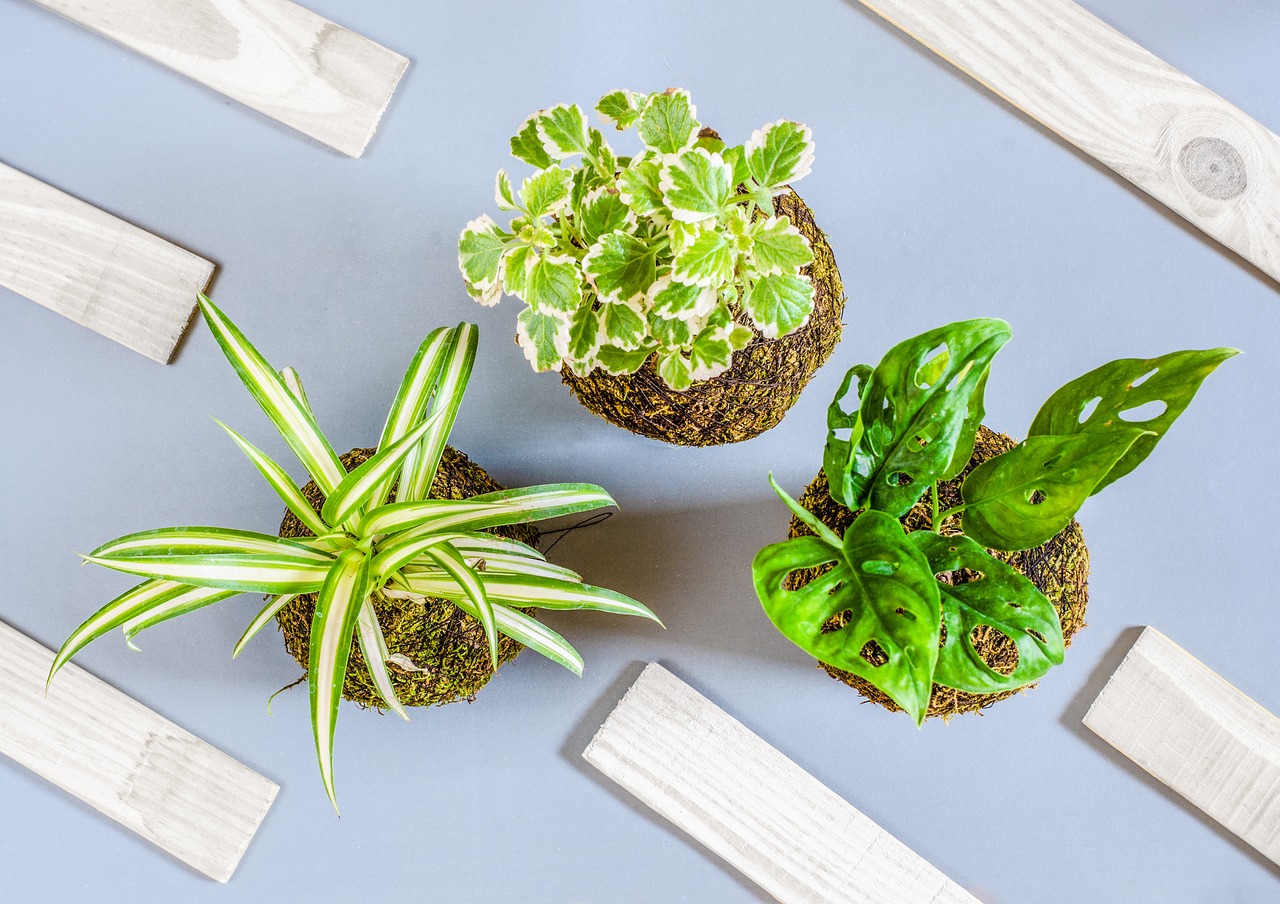
Essential Materials for DIY Projects
When diving into the world of DIY Moroccan-inspired decor, having the right materials at your fingertips is crucial. Think of it as gathering your ingredients before whipping up a delicious Moroccan tagine; each element plays a vital role in creating the perfect dish. To help you get started, here’s a breakdown of essential materials that will not only bring authenticity to your projects but also ensure that your creations are stunning and vibrant.
First and foremost, textiles are a cornerstone of Moroccan decor. Look for rich fabrics such as cotton, silk, and velvet that can be used for cushions, throws, and curtains. These textiles often feature bold colors and intricate patterns, so choosing the right ones is essential for capturing that authentic Moroccan vibe. You might want to consider fabrics with geometric designs or floral motifs, as these are prevalent in Moroccan aesthetics.
Next up, we have ceramics. Moroccan pottery is renowned for its stunning glazes and intricate hand-painted designs. You can either purchase ceramic pieces or try your hand at creating your own. Clay, glazes, and paint will be your best friends here. Imagine the satisfaction of crafting a vibrant tagine pot or decorative tiles that you can proudly display in your home!
Another essential material is paint. When it comes to creating Moroccan patterns on textiles or furniture, fabric paint and acrylic paint are your go-to options. With a bit of creativity, you can transform plain surfaces into eye-catching statement pieces. Pairing these paints with stencils will allow you to replicate intricate designs effortlessly, ensuring that your decor is both beautiful and unique.
Don’t forget about lighting materials! Moroccan lanterns are iconic, and they create a warm, inviting atmosphere. To craft your own, you'll need materials like metal sheets, glass, or even colored paper to create that enchanting glow. The right lighting can instantly elevate your space, making it feel cozy and exotic.
Lastly, consider incorporating accessories such as mirrors, poufs, and wall art. These elements can add depth and character to your decor. Mirrors with ornate frames can reflect light beautifully, while colorful poufs can provide both seating and style. When selecting accessories, think about how they can complement your overall design scheme.
To summarize, here’s a quick look at the essential materials you'll need for your DIY Moroccan decor projects:
| Material | Purpose |
|---|---|
| Textiles | Cushions, throws, curtains |
| Ceramics | Pottery, decorative tiles |
| Paint | Creating patterns on textiles and furniture |
| Lighting Materials | Crafting lanterns |
| Accessories | Enhancing decor with mirrors and poufs |
By gathering these essential materials, you’ll be well-equipped to embark on your journey into the enchanting world of Moroccan-inspired decor. Remember, the beauty of DIY lies in your creativity, so let your imagination run wild as you transform your space into a vibrant oasis!
Q: What is the best way to choose fabrics for Moroccan decor?
A: Look for fabrics that feature bold colors and intricate patterns. Consider cotton, silk, and velvet for a rich texture. Also, try to select fabrics with traditional Moroccan designs to enhance authenticity.
Q: Can I use any type of paint for my DIY projects?
A: It’s best to use fabric paint for textiles and acrylic paint for furniture. These types of paint will adhere well and maintain vibrancy over time.
Q: How can I create an authentic Moroccan atmosphere in my home?
A: Incorporate rich colors, intricate patterns, and a variety of textures. Use textiles, ceramics, and unique lighting to create warmth and depth in your space.
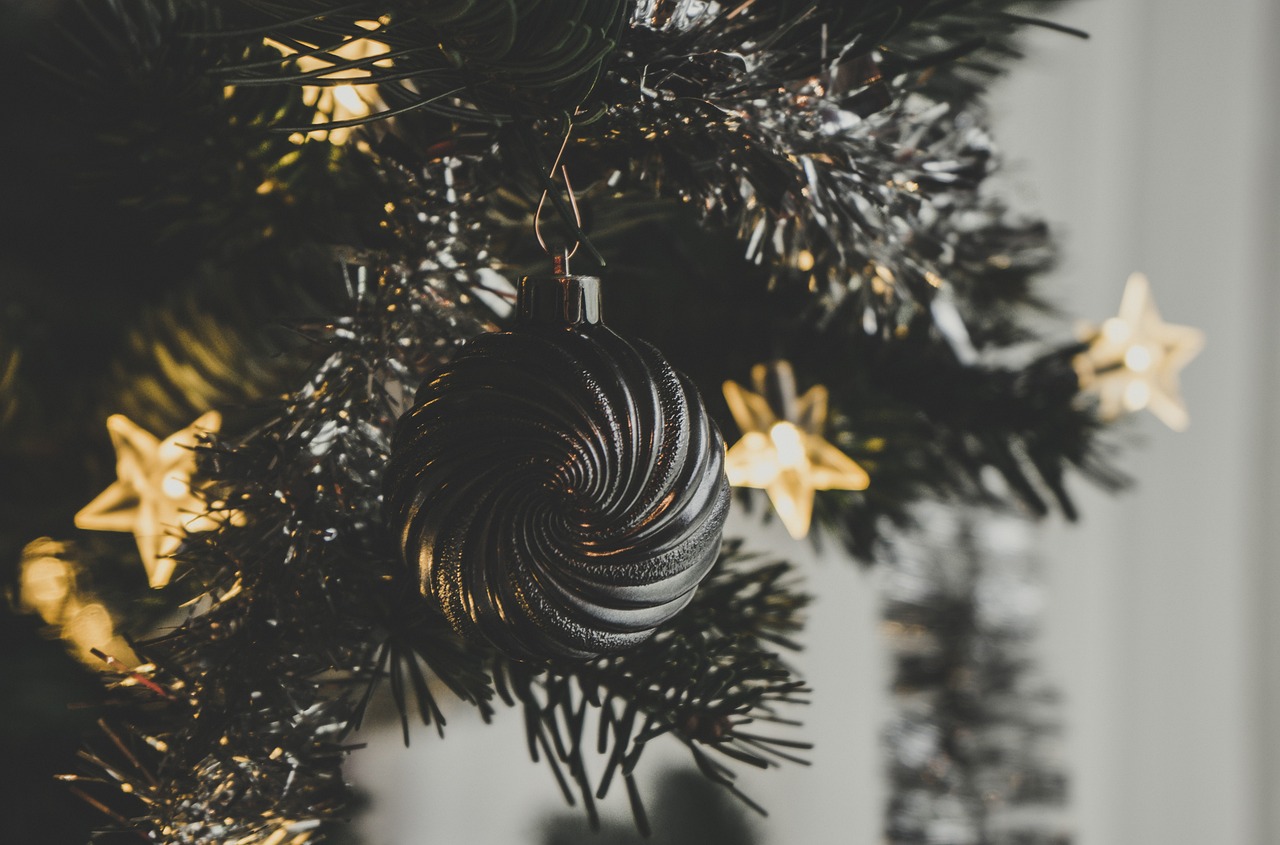
Creating Moroccan Patterned Textiles
When it comes to Moroccan decor, textiles play a pivotal role in creating that warm, inviting atmosphere that many of us crave in our homes. The beauty of Moroccan textiles lies in their vibrant colors, intricate patterns, and unique textures. Whether you're looking to refresh your living space or add a touch of exotic flair, creating your own Moroccan patterned textiles can be a fun and rewarding DIY project. So, let’s dive into the world of fabric painting and stenciling, where you can unleash your creativity and transform ordinary fabrics into stunning pieces of art!
One of the most exciting aspects of crafting Moroccan textiles is the opportunity to experiment with various fabric painting techniques. Imagine transforming a plain cushion cover into a vibrant statement piece that reflects the essence of Moroccan design! Fabric painting allows you to express your personal style while incorporating traditional motifs like geometric shapes and floral designs. You can use fabric paints or dyes to achieve these effects, and the best part is that the possibilities are endless. From bold, saturated hues to soft, muted tones, the choice is yours!
Let’s explore some effective fabric painting methods that can help you achieve those stunning Moroccan designs. One popular technique is the sponging method, where you use a sponge to dab paint onto the fabric, creating a textured effect that mimics the look of traditional Moroccan textiles. Another method is the brush technique, which allows for more precision and detail. With a fine brush, you can paint intricate patterns that truly stand out. Don't forget to use a fabric medium to ensure your designs are durable and washable!
For those who prefer a more structured approach, using stencils can be a game-changer. Stenciling not only saves time but also helps you achieve consistency in your designs. You can find a variety of Moroccan-inspired stencils online or create your own using cardboard or plastic sheets. The key is to choose designs that resonate with you, whether it’s a classic tile pattern or an ornate floral motif. Once you have your stencils ready, simply place them on the fabric and apply paint using a sponge or brush. This technique is perfect for creating a cohesive look across multiple items, such as cushions, curtains, and table runners.
Stencils can elevate your DIY projects to a whole new level. They allow you to replicate intricate patterns effortlessly, ensuring that each piece you create has that authentic Moroccan flair. To get started, gather your materials: fabric, stencils, fabric paint, and a brush or sponge. Begin by placing the stencil on the fabric, securing it with masking tape to prevent it from shifting. Then, use your brush or sponge to apply paint over the stencil, being careful not to overload it to avoid bleeding. Once you've filled in the design, carefully lift the stencil to reveal your masterpiece!
Incorporating Moroccan patterns into your textiles doesn’t have to be a daunting task. With a little creativity and the right techniques, you can create beautiful, personalized pieces that reflect your style while celebrating the rich heritage of Moroccan design. So, gather your materials, unleash your inner artist, and watch as your home transforms into a vibrant oasis of color and pattern!
- What types of fabrics work best for Moroccan patterns? Natural fabrics like cotton, linen, and silk are ideal as they absorb paint well and have a lovely drape.
- Can I use regular paint on fabric? It’s best to use fabric paint or paint mixed with a fabric medium to ensure durability and washability.
- How do I care for my painted textiles? Always follow the care instructions for the fabric paint used. Generally, hand washing in cold water and air drying is recommended.
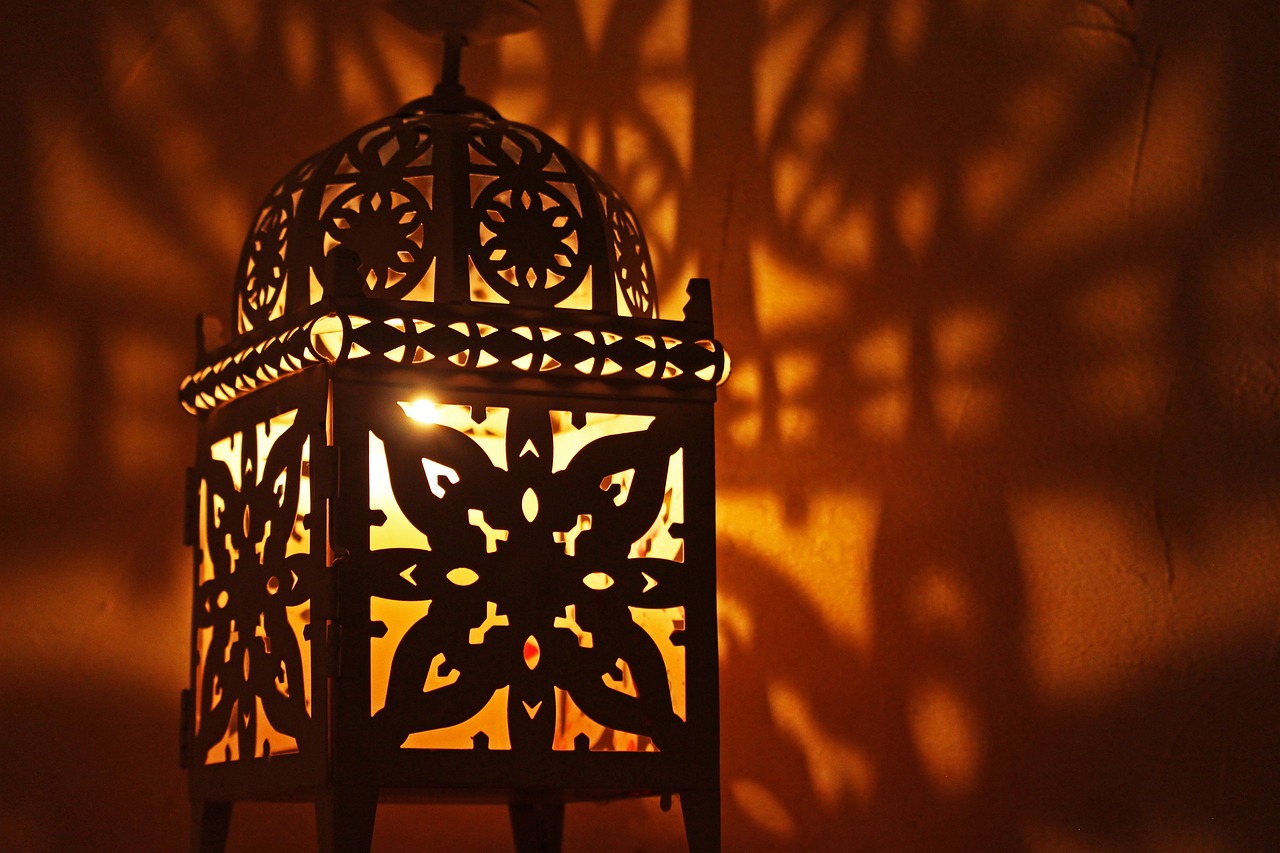
Fabric Painting Techniques
When it comes to adding a personal touch to your Moroccan-inspired decor, fabric painting is an excellent way to unleash your creativity. Imagine transforming plain textiles into vibrant masterpieces that reflect the rich culture and artistry of Morocco! The beauty of fabric painting lies in its versatility; you can customize cushions, curtains, tablecloths, and even wall hangings. So, how do you get started? Let’s dive into some exciting techniques that can help you achieve those stunning Moroccan designs.
One popular method is using block printing. This ancient technique involves carving intricate designs into a block, which you then ink and press onto the fabric. You can create your own blocks using materials like wood or linoleum, and with a bit of practice, you’ll be able to produce beautiful patterns reminiscent of Moroccan tiles. The key here is to choose bold colors that pop against your fabric base, such as deep blues, rich reds, and vibrant yellows.
Another fantastic technique is freehand painting. If you’re feeling adventurous, grab some fabric paint and a brush, and let your imagination run wild. You can create swirling motifs, geometric shapes, or even floral designs that capture the essence of Moroccan decor. Just remember to use fabric paint that is specifically designed for textiles, as this will ensure your artwork remains vibrant and durable after washing.
For those who prefer a more structured approach, stenciling is a great option. You can either buy pre-made stencils or create your own using cardstock or plastic sheets. Position the stencil on your fabric, secure it with tape, and apply paint using a sponge or brush. This method allows for precision and consistency, making it easier to replicate designs across multiple pieces. Plus, it’s a fun way to experiment with layering colors and patterns!
To help you visualize these techniques, here’s a simple comparison table of the three methods:
| Technique | Difficulty Level | Best For |
|---|---|---|
| Block Printing | Moderate | Creating repetitive patterns |
| Freehand Painting | Easy | Unique, one-of-a-kind designs |
| Stenciling | Easy to Moderate | Precise and consistent patterns |
Regardless of the technique you choose, always remember to prepare your fabric properly. Pre-washing the fabric removes any sizing or chemicals, allowing the paint to adhere better. Once you’ve completed your painting, allow the fabric to dry completely before heat-setting the paint according to the manufacturer's instructions. This will ensure your designs stay vibrant and resist fading over time.
So, are you ready to bring a touch of Moroccan flair into your home? With these fabric painting techniques, you can create stunning textiles that are not only beautiful but also tell a story of craftsmanship and creativity. Whether you opt for block printing, freehand painting, or stenciling, the possibilities are endless!
- What type of paint should I use for fabric painting? Always use fabric paint specifically designed for textiles to ensure durability and vibrancy.
- Can I wash my painted fabrics? Yes, but it's essential to follow the heat-setting instructions to prevent fading.
- How do I create my own stencils? You can create stencils using cardstock or plastic sheets by cutting out your desired design.
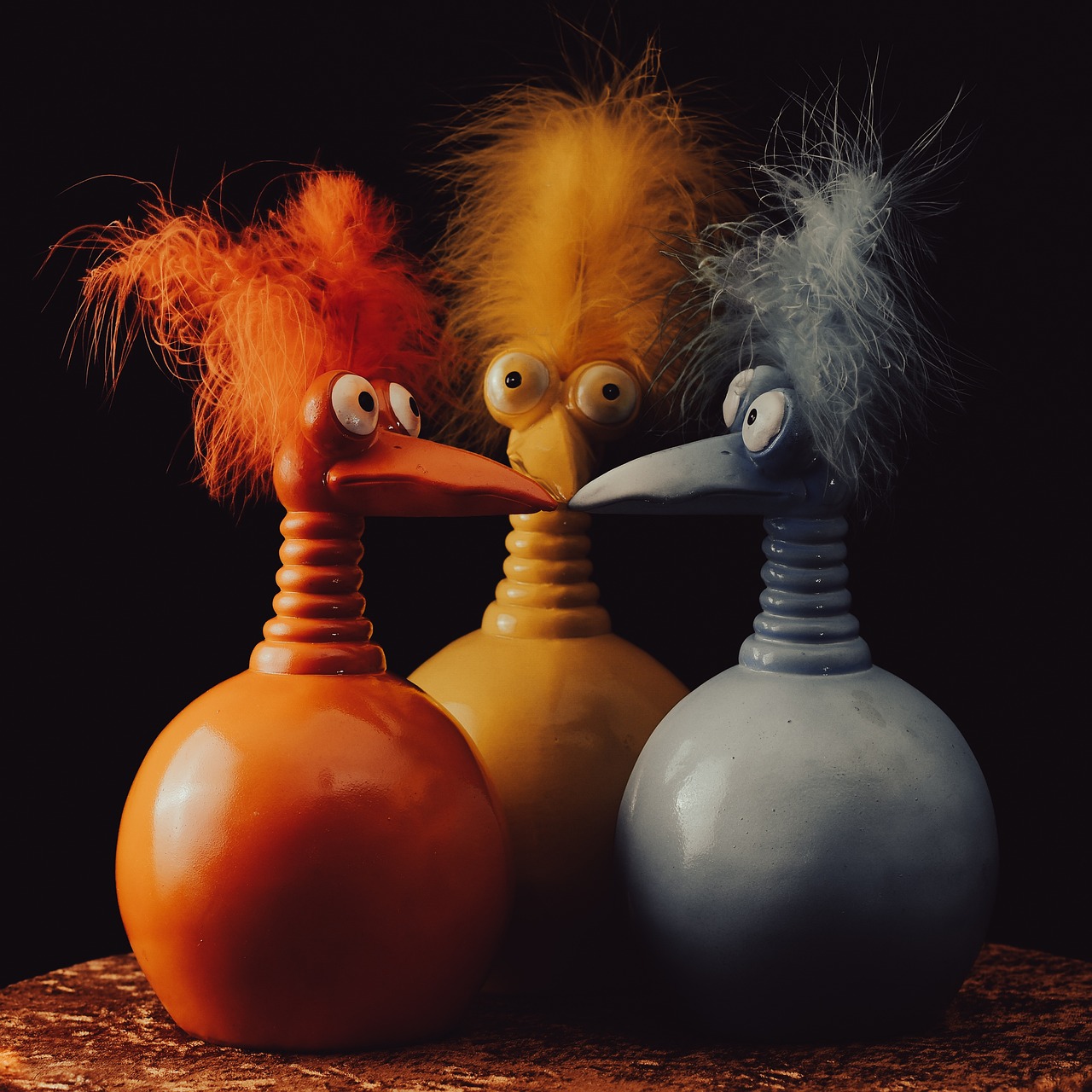
Using Stencils for Patterns
Stenciling is one of the most exciting and accessible techniques to incorporate intricate Moroccan patterns into your decor. Imagine transforming a plain wall or piece of furniture into a stunning focal point with just a few strokes of a brush! The beauty of stenciling lies in its versatility; you can apply it to walls, fabrics, or even wooden surfaces. The key is to select designs that resonate with the vibrant essence of Moroccan art. Think geometric shapes, floral motifs, and complex arabesques that will instantly transport you to the bustling markets of Marrakech.
Before you dive in, it's essential to gather your materials. You'll need stencils, which you can either purchase or create yourself, along with paint (preferably acrylic for its durability), a brush or sponge, and painter's tape. For those of you who enjoy a personal touch, making your own stencils can be a fun project! Simply print your desired pattern on a sturdy material like cardstock or plastic, cut it out carefully, and voilà! You have a custom stencil ready to go.
When it comes to applying the stencil, preparation is crucial. Start by ensuring the surface you’re working on is clean and smooth. Use painter's tape to secure the stencil firmly in place, preventing any paint from bleeding underneath. This step is vital for achieving those crisp, clean lines that define Moroccan designs. Next, dip your brush or sponge lightly into the paint, removing excess to avoid drips. Then, gently dab or brush over the stencil, taking care to apply even pressure. Remember, less is more! You can always add more layers, but it's challenging to fix a heavy-handed application.
After you've applied your first color, consider layering with different shades to create depth and interest. For instance, a rich blue base with a gold overlay can evoke the stunning tilework found in Moroccan architecture. The contrast will not only enhance the visual appeal but will also bring a sense of warmth and richness to your space.
Once you're satisfied with your design, carefully remove the stencil while the paint is still wet to prevent any peeling. Let your masterpiece dry completely before moving or touching it, as this will ensure that the paint sets properly. If you're stenciling on fabric, be sure to heat-set the paint with an iron once it’s dry to make it washable and durable.
Stenciling is not just a technique; it’s an art form that allows you to express your creativity while embracing the enchanting spirit of Moroccan decor. It’s a fantastic way to personalize your space, making it uniquely yours. So grab those stencils, unleash your artistic side, and watch as your home transforms into a vibrant oasis!
- What type of paint should I use for stenciling? Acrylic paint is recommended for its quick drying time and durability.
- Can I use stencils on fabric? Yes, but make sure to heat-set the paint after it dries to ensure it’s washable.
- How do I create my own stencil? You can create your own by printing a design on sturdy material and cutting it out carefully.
- Can I reuse stencils? Absolutely! Just clean them thoroughly after each use to maintain their integrity.
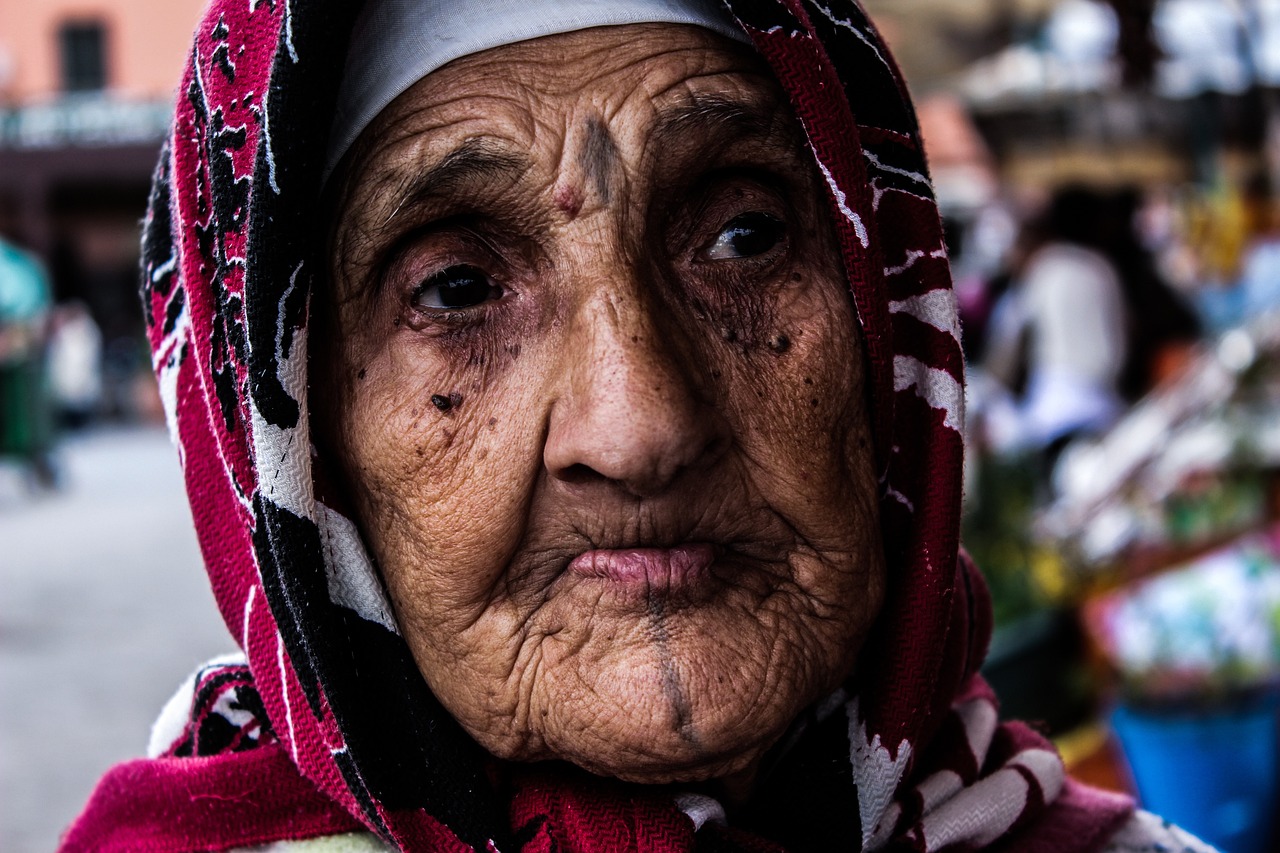
DIY Moroccan Lanterns
Creating your own Moroccan lanterns is an exciting project that not only adds a touch of exotic flair to your home but also allows you to express your creativity. These lanterns are not just mere decorations; they are a symbol of warmth and hospitality, often used in Moroccan culture to create an inviting atmosphere. Imagine walking into a room illuminated by the soft, flickering glow of beautifully crafted lanterns, casting intricate patterns on the walls. Sounds enchanting, right? Let’s dive into the process of making these stunning pieces of decor.
To begin your journey into the world of Moroccan lanterns, you’ll need a few essential materials. The beauty of DIY projects is that you can customize them to fit your taste and style. Here’s a quick list of what you might need:
- Metal or glass containers (old lanterns, jars, or even tin cans)
- Wire or string lights for illumination
- Pliers and wire cutters
- Paint (metallic or glass paint for a shimmering effect)
- Decorative elements (beads, sequins, or even fabric)
Once you have gathered your materials, it’s time to get creative! Start by choosing the shape and size of your lantern. Moroccan lanterns come in various forms, from hanging to table-top styles. If you’re using a jar or an old lantern, think about how you can transform its appearance. You might want to paint it with vibrant colors typical of Moroccan decor, like deep reds, blues, or golds. This will not only enhance its aesthetic appeal but also reflect the rich culture of Morocco.
Now, let’s talk about assembly. Begin by preparing your container. If you're using a tin can, you can create intricate designs by punching holes in it using a hammer and a nail. This will allow the light to shine through beautifully, casting lovely patterns. For glass containers, consider painting the outside with your chosen colors and letting it dry completely. Once your base is ready, carefully place your string lights or a small candle inside. If you’re using string lights, ensure they are battery-operated for safety.
To add a finishing touch, consider wrapping some decorative wire around the top of your lantern or embellishing it with beads and sequins. This not only adds texture but also enhances the overall look of your lantern, making it a true centerpiece in any room. You can hang these lanterns from the ceiling, place them on tables, or even use them as outdoor decor for your patio or garden. The possibilities are endless!
Incorporating these DIY Moroccan lanterns into your home will not only brighten your space but also bring a sense of warmth and cultural richness. They can serve as excellent conversation starters and will surely impress your guests. So gather your materials, unleash your creativity, and let your DIY Moroccan lanterns light up your life!
Q: Can I use any type of container for my lanterns?
A: Absolutely! You can use old jars, tin cans, or even custom metal shapes. Just ensure that the material can withstand heat if you're using candles.
Q: What type of paint is best for glass lanterns?
A: Use glass paint or acrylic paint designed for outdoor use, as these will adhere better and resist chipping.
Q: How do I ensure my lanterns are safe to use?
A: If using candles, opt for LED candles or ensure that the container is heat-resistant and that there's enough space for air circulation.
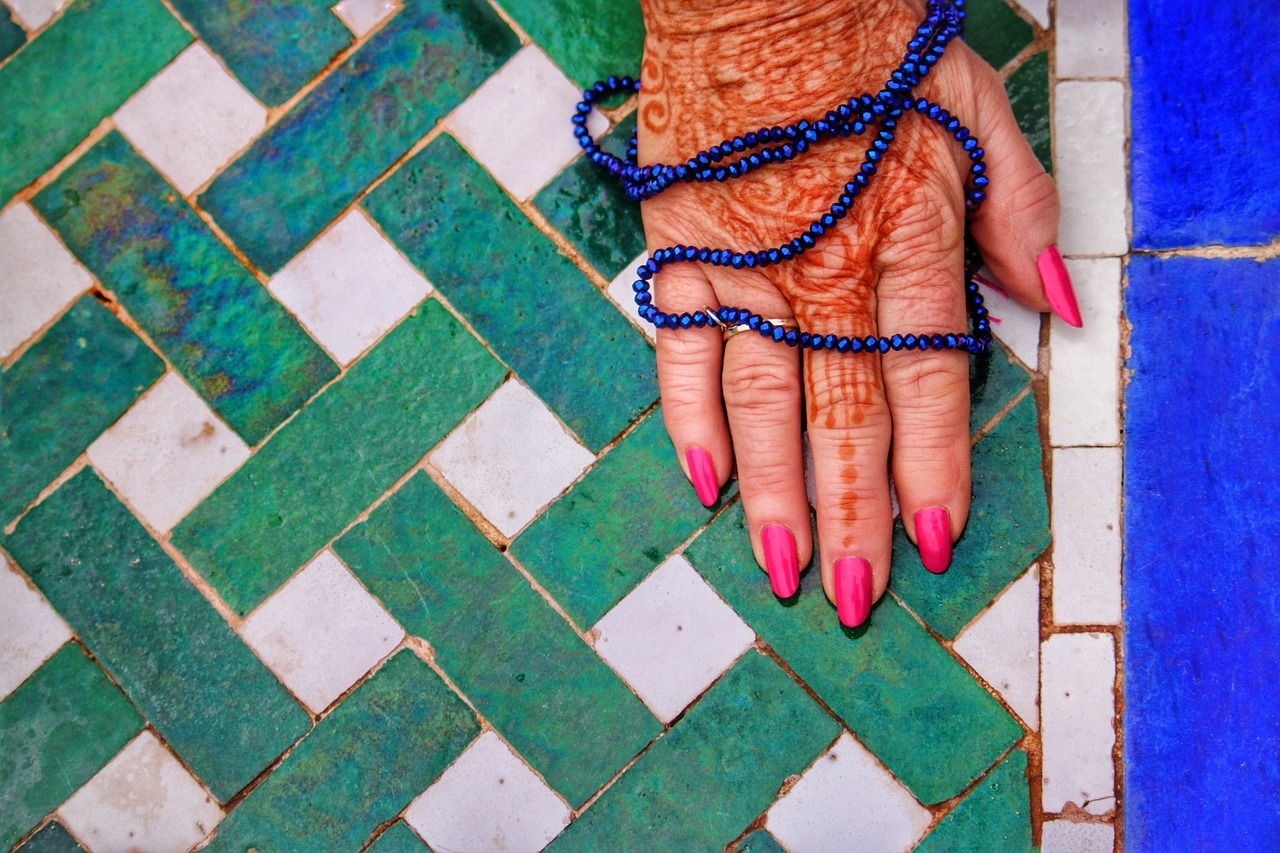
Materials Needed for Lanterns
Creating your own Moroccan lanterns can be an incredibly rewarding DIY project that not only beautifies your home but also infuses it with a touch of exotic charm. To get started, you’ll need to gather some essential materials that will help you craft these stunning pieces. The beauty of Moroccan lanterns lies in their intricate designs and the warm glow they emit, so having the right materials is crucial.
First and foremost, you will need a sturdy base material. This can be metal or wood, depending on the style you prefer. Metal offers a more traditional look and can be easily shaped into intricate designs, while wood provides a rustic charm. If you choose metal, consider using materials like copper or brass, as these metals can be easily hammered into beautiful patterns that reflect light beautifully.
Next, you’ll require a source of light. While candles are a classic choice, you might also want to consider using LED lights for safety and convenience. If you opt for candles, ensure you have a stable holder to keep them secure within the lantern. This not only prevents accidents but also enhances the overall aesthetic of your creation.
To achieve the iconic Moroccan patterns, you’ll need some decorative elements. This includes colored glass or translucent materials that will filter the light and create mesmerizing patterns on your walls. You can also use fabric to line the inside of your lantern or to create a soft glow. Additionally, don’t forget about decorative beads, mirrors, or even small tiles that can be glued onto the lantern to add a touch of elegance and reflectivity.
Lastly, tools are just as important as materials. Make sure you have a hot glue gun, scissors, and perhaps some wire cutters if you're working with metal. A hammer and nails may also come in handy if you're constructing a more complex design. To help you visualize everything you need, here’s a quick reference table:
| Material | Purpose |
|---|---|
| Metal (Copper or Brass) | Base structure for lantern |
| Wood | Alternative base material for a rustic look |
| Candles or LED lights | Source of illumination |
| Colored Glass | To create beautiful light patterns |
| Decorative Beads/Mirrors | Add elegance and reflectivity |
| Hot Glue Gun | For assembling parts |
| Scissors | For cutting materials |
By gathering these materials, you’ll be well on your way to creating your own stunning Moroccan lanterns that will light up your space with warmth and charm. So, roll up your sleeves, unleash your creativity, and let the vibrant spirit of Morocco shine through your decor!
Q: Can I use any type of glass for my lanterns?
A: Yes, you can use any type of colored or frosted glass, but make sure it can withstand heat if you're using candles.
Q: What if I don’t have metalworking tools?
A: You can create beautiful lanterns using wood or even cardboard if you want a more temporary solution.
Q: Are there any safety concerns I should be aware of?
A: Always ensure that any materials used near the flame are fire-resistant, and consider using LED lights for added safety.
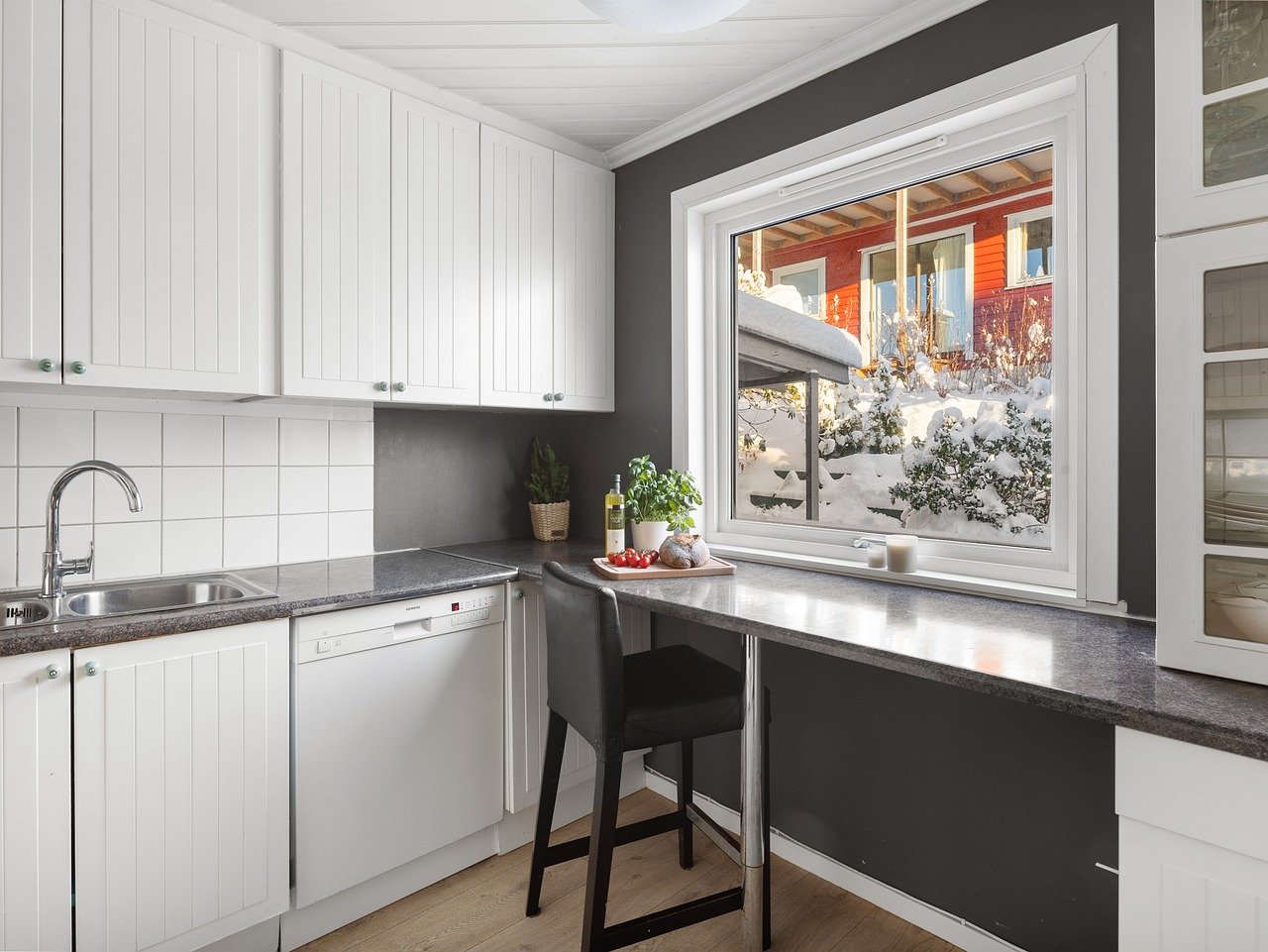
Step-by-Step Lantern Assembly
Assembling your own Moroccan lantern is not just a fun DIY project; it’s a chance to create something that adds a unique charm to your home. The process is quite straightforward, but it requires a bit of patience and creativity. Let’s dive into the step-by-step guide to help you craft those stunning lanterns that will light up your space with a warm, exotic glow.
First, gather all the materials you’ll need. This includes:
- Metal sheets or pre-made lantern frames
- Glass panels or colored acrylic sheets
- Wire or string lights for illumination
- Pliers and wire cutters
- Decorative elements like beads or tassels
Once you have everything ready, start by cutting your metal sheets into the desired shapes. Typically, Moroccan lanterns have a geometric design, so aim for shapes like triangles or hexagons. If you're using a pre-made frame, you can skip this step. After cutting, smooth out any sharp edges to ensure safety.
Next, attach the glass panels to your metal frame. If you’re using colored acrylic sheets, this is where you can get creative! Choose colors that reflect the vibrant hues of Moroccan decor—think deep reds, rich blues, or sunny yellows. Secure the panels with small screws or adhesive, ensuring that they fit snugly within the frame.
Now comes the fun part: adding the lights! If you’re using string lights, wrap them around the inside of the lantern. This will create a beautiful ambiance when turned on. For a more traditional touch, consider using a small candle holder at the base of the lantern. Just ensure that it’s safe and won’t pose a fire hazard.
To add a personal touch, decorate your lantern with embellishments. Use beads, tassels, or even paint to customize your design. This is where your creativity can shine! Think of it as accessorizing an outfit; the right details can make all the difference.
Finally, once everything is assembled, take a step back and admire your work. You might want to place your lanterns in various spots around your home—perhaps on a side table, hanging from the ceiling, or even in a cozy corner. The soft light will create a magical atmosphere reminiscent of a Moroccan bazaar.
And there you have it! Your very own DIY Moroccan lantern, ready to light up your life. Remember, the beauty of DIY projects lies in the personal touches you add, so don’t hesitate to experiment and make it your own!
Q: What materials are best for making Moroccan lanterns?
A: The best materials include metal sheets, glass panels, and string lights. You can also use colored acrylic sheets for a vibrant effect.
Q: Can I use candles instead of lights in my lantern?
A: Yes, you can use candles, but be sure to place them safely and monitor them to avoid any fire hazards.
Q: How can I ensure my lantern is safe to use?
A: Always check for sharp edges, ensure that any electrical components are properly insulated, and never leave a lit candle unattended.
Q: Are there any specific designs I should follow?
A: While traditional Moroccan designs feature intricate geometric patterns, feel free to experiment and create your own unique style!
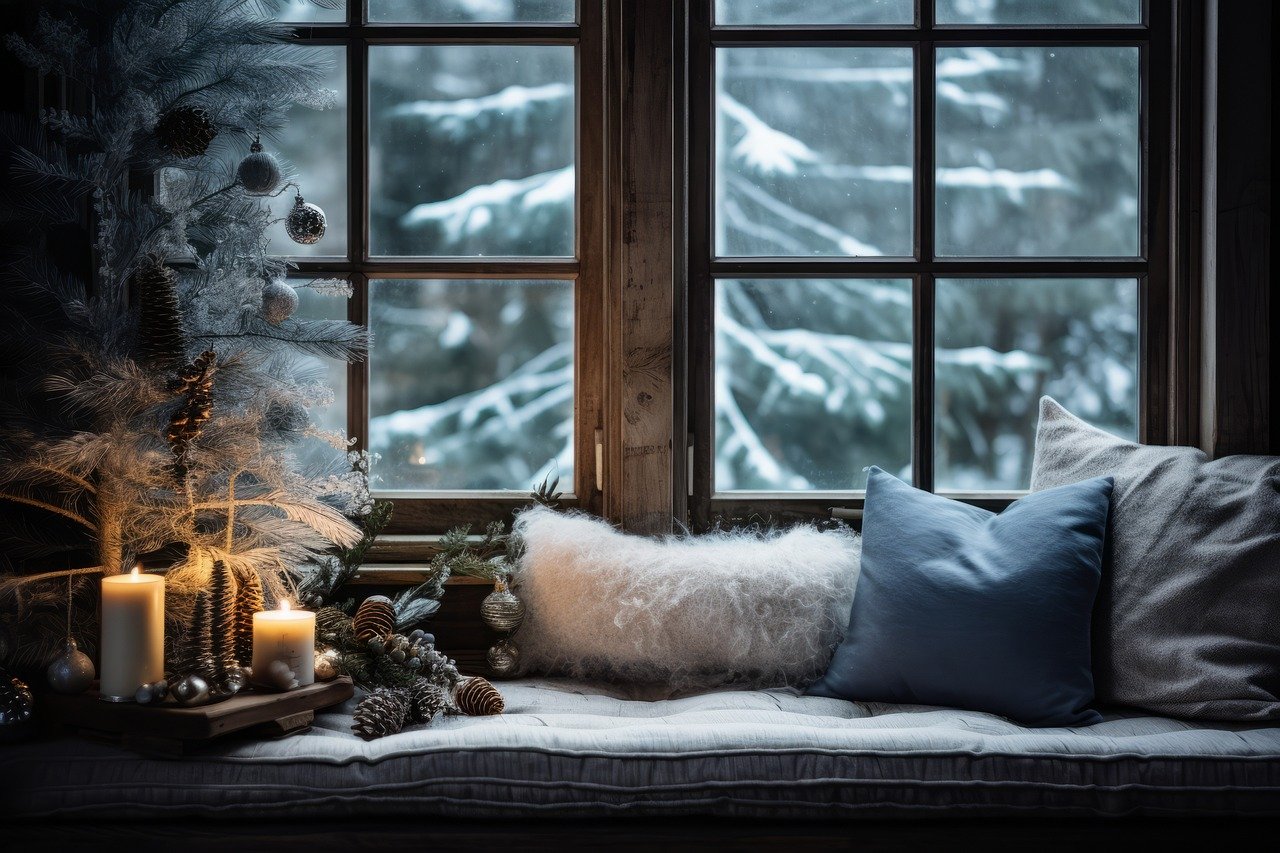
Incorporating Moroccan Colors
When it comes to Moroccan decor, colors play a pivotal role in creating that warm and inviting atmosphere that’s so characteristic of this style. Imagine walking into a room bathed in deep reds, vibrant oranges, and rich blues that evoke the essence of a bustling Moroccan market. These colors aren’t just random; they tell a story of culture, tradition, and artistry. So, how do you effectively incorporate these bold hues into your home decor? Let’s dive in!
First, it’s essential to understand the psychology of colors. Bold, rich colors can transform a space from dull to dynamic in an instant. For instance, a deep crimson can evoke feelings of passion and warmth, while a calming teal can bring a sense of tranquility. The key is to choose a color palette that reflects the essence of Moroccan design. Think of it as painting a vibrant canvas; each color should harmonize with the others to create a cohesive look.
To get started, consider selecting a primary color that resonates with you. This could be a warm terracotta or a bright, sunny yellow. Once you have your base color, you can build around it with complementary shades. For example, if you choose a rich gold as your primary color, you might pair it with deep blues and earthy browns to create a balanced and inviting atmosphere. Here’s a simple way to visualize this:
| Base Color | Complementary Colors |
|---|---|
| Terracotta | Turquoise, Cream |
| Deep Blue | Gold, White |
| Crimson | Ivory, Olive Green |
Now that you have your palette, it’s time to think about where to use these colors. Walls are a great starting point. A bold accent wall can be a stunning backdrop for your decor. If painting feels too permanent, consider using removable wallpaper with intricate Moroccan patterns. This allows you to experiment with colors and designs without the commitment.
Beyond walls, textiles are your best friends in achieving that Moroccan vibe. Think about incorporating colorful cushions, vibrant rugs, and flowing curtains. These elements can easily introduce color and texture into your space. For instance, a plush, patterned rug can anchor a room, while colorful throw pillows can add pops of color to a neutral sofa.
However, it’s not just about throwing colors together haphazardly. Accent colors are essential for balance. This means choosing one or two lighter shades to contrast with your bolder colors, creating a visual break that keeps the space from feeling overwhelming. For example, if your primary color is a deep red, consider using soft beige or cream as an accent to soften the overall look. This balance will allow your vibrant hues to shine without overpowering the senses.
Lastly, don’t forget about the power of accessories. Decorative items like lanterns, pottery, and wall art can be great ways to incorporate Moroccan colors without committing to larger pieces. A beautifully crafted ceramic bowl in a vibrant color can serve as a stunning centerpiece, while a few colorful lanterns can add an exotic touch to your lighting scheme.
In conclusion, incorporating Moroccan colors into your home decor is all about balance, harmony, and a little bit of creativity. By choosing a thoughtful color palette, utilizing textiles, and adding accents, you can create a space that truly reflects the warmth and vibrancy of Moroccan design. So, are you ready to bring a splash of Morocco into your home?
- What are the most popular colors in Moroccan decor? Deep reds, vibrant oranges, rich blues, and earthy tones are commonly used.
- How can I balance bold colors in my home? Use accent colors and lighter shades to create visual breaks and harmony.
- Are there specific patterns that go well with Moroccan colors? Yes, intricate geometric patterns and floral designs are typical in Moroccan decor.
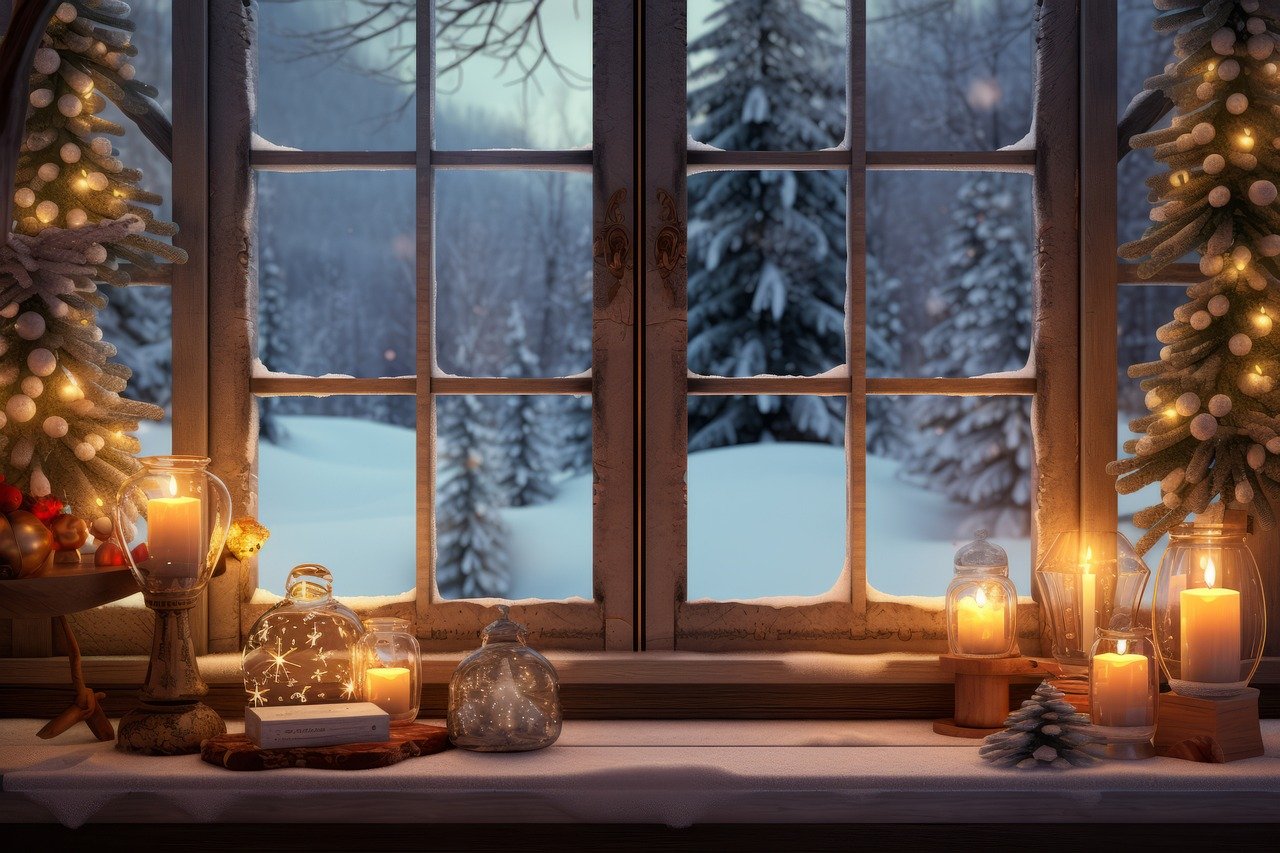
Choosing the Right Color Palette
When it comes to creating a Moroccan-inspired space, the color palette you choose is absolutely crucial. Think of colors as the soul of your decor; they evoke emotions, set the mood, and create an inviting atmosphere. So, how do you select the right hues that reflect the essence of Moroccan design? First, consider the vibrant and rich colors that are synonymous with this style. Deep reds, bright oranges, and lush greens can transport you to the bustling markets of Marrakech, while warm earth tones like terracotta and sandy beige can ground your decor, creating a cozy and welcoming environment.
To begin crafting your color palette, start by identifying a few key colors that resonate with you. You might want to draw inspiration from Moroccan tiles, textiles, or even the stunning landscapes of North Africa. Once you have your primary colors, think about how they interact with one another. For instance, pairing a bold blue with a warm gold can create a striking contrast that captures attention without overwhelming the senses.
It’s also essential to incorporate neutral tones to balance out the vibrancy of your chosen colors. These neutral shades can act as a canvas, allowing your rich hues to pop without clashing. Consider using whites, creams, or soft grays as backgrounds for your decor elements. This creates a sense of harmony and ensures that your space feels cohesive.
To help you visualize your ideal color palette, here's a simple table to guide you:
| Color Group | Examples | Emotional Impact |
|---|---|---|
| Warm Colors | Deep Red, Bright Orange, Rich Yellow | Inviting, Energetic, Passionate |
| Cool Colors | Turquoise, Deep Blue, Emerald Green | Calm, Refreshing, Tranquil |
| Neutral Colors | White, Cream, Light Gray | Balanced, Clean, Spacious |
Another effective approach is to use an accent color to add a touch of flair to your decor. This could be a vibrant purple vase or a vivid patterned rug that draws the eye. Accent colors can serve as focal points in your design, creating visual interest and depth. However, be mindful not to overdo it—too many accents can lead to a chaotic look. Instead, choose one or two accent shades that complement your primary palette.
Ultimately, the goal is to create a space that feels both authentic and personalized. Don’t hesitate to experiment with different combinations until you find a palette that speaks to you. Remember, your home is a reflection of your personality, and incorporating Moroccan colors can add an exotic touch that transforms your environment into a vibrant oasis.
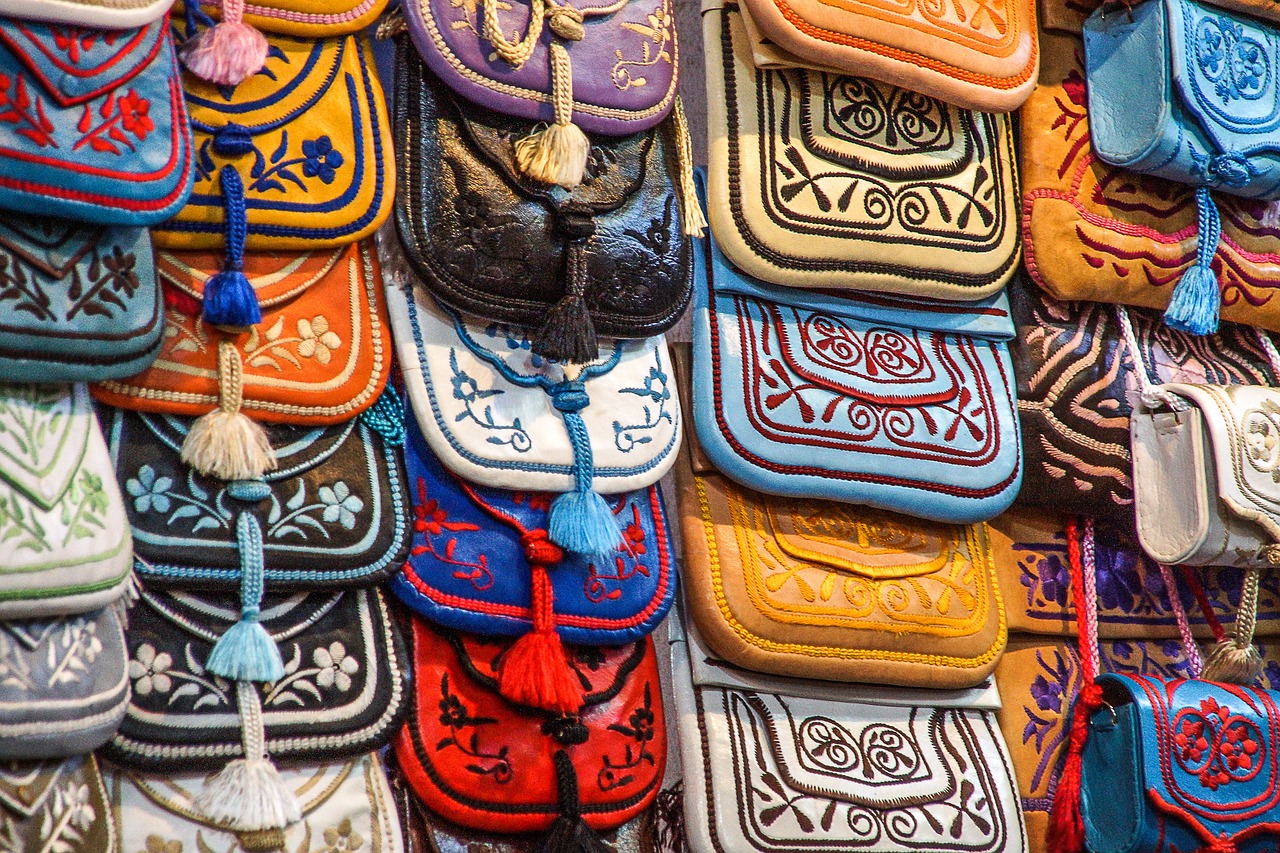
Accent Colors for Balance
When it comes to creating a stunning Moroccan-inspired decor, the use of accent colors is crucial for achieving that perfect balance. Think of your main color palette as the main dish at a dinner party; it’s delightful on its own, but a few well-chosen side dishes can elevate the entire experience. In Moroccan design, rich hues like deep reds, vibrant blues, and earthy browns often take center stage, but introducing accent colors can make your space feel more dynamic and inviting.
So, how do you choose the right accent colors? Consider using colors that complement and contrast with your main palette. For instance, if your primary colors are warm, such as terracotta or golden yellows, cooler tones like turquoise or teal can provide a refreshing contrast that brings depth to your decor. On the other hand, if your main palette leans towards cooler shades, incorporating warm accents like burnt orange or rich burgundy can create a sense of warmth and coziness.
Here are a few tips to help you effectively incorporate accent colors into your Moroccan decor:
- Use Textiles: Incorporate accent colors through pillows, throws, or rugs. For example, a plush turquoise cushion can pop against a warm, earthy sofa.
- Accessorize Wisely: Look for decorative items such as vases, candles, or artwork that feature your chosen accent colors. These pieces can serve as focal points in your room.
- Layering: Don't shy away from layering different textiles. A mix of patterned fabrics in your accent colors can create a rich tapestry that embodies Moroccan flair.
Additionally, consider the psychology of color when selecting your accents. Colors like green can evoke feelings of tranquility and balance, while gold can add a touch of luxury and warmth. This understanding can help you create an environment that not only looks beautiful but also feels inviting and harmonious.
Ultimately, the key to successfully using accent colors in your Moroccan-inspired decor lies in balance. Too many bold accents can overwhelm the space, while too few can make it feel flat. Aim for a harmonious blend that brings out the beauty of your primary colors while adding interest and depth to your overall design. Remember, your home should reflect your personality and style, so have fun experimenting with different combinations until you find the perfect balance!
Q: How many accent colors should I use in my decor?
A: It's generally best to limit your accent colors to two or three to maintain a cohesive look. This allows you to create contrast without overwhelming the space.
Q: Can I mix different patterns with my accent colors?
A: Absolutely! Mixing patterns can add visual interest, but be sure to keep a consistent color scheme to ensure everything works together harmoniously.
Q: What are some common accent colors used in Moroccan decor?
A: Common accent colors include turquoise, gold, deep purple, and rich orange. These colors can beautifully complement traditional Moroccan hues.
Frequently Asked Questions
- What are the key characteristics of Moroccan decor?
Moroccan decor is known for its vibrant colors, intricate patterns, and unique textures. It often features bold hues like deep reds, rich blues, and sunny yellows, combined with elaborate tile work and handwoven textiles. The overall look is warm and inviting, perfect for creating a cozy atmosphere in your home.
- What materials do I need for DIY Moroccan decor projects?
To create beautiful Moroccan-inspired decor, you'll need a variety of materials. Essential items include textiles (like cotton or silk), ceramics for pottery, paints for fabric, and stencils for patterns. Additionally, you might want supplies like wire, glass, and LED lights for crafting lanterns, ensuring your projects are both authentic and visually appealing.
- How can I create my own Moroccan patterned textiles?
You can design your own textiles by using fabric painting techniques or stenciling. For fabric painting, use brushes or sponges to apply paint in traditional Moroccan designs. Stenciling allows for precise patterns; simply place the stencil on your fabric and apply paint over it. Both methods can help you achieve stunning results that personalize your home decor.
- What are some tips for making Moroccan lanterns?
When making Moroccan lanterns, start by gathering materials like metal or cardstock for the frame, decorative paper for the panels, and LED lights for illumination. Follow a step-by-step guide to assemble your lantern, ensuring to add decorative elements like beads or jewels for that authentic touch. Remember to consider the size and shape to fit your desired space!
- How do I choose the right color palette for Moroccan decor?
Selecting a color palette for Moroccan decor involves choosing bold and rich colors that reflect the essence of the style. Think about combining deep reds, vibrant oranges, and lush greens. Accent colors, like gold or silver, can help balance these rich tones, creating a harmonious and inviting environment in your home.
- Can I mix different Moroccan patterns in my decor?
Absolutely! Mixing different Moroccan patterns can create a dynamic and visually interesting space. Just ensure that the colors complement each other and that the patterns vary in scale to avoid overwhelming the eye. This approach can add depth and character to your decor, making it uniquely yours.



















